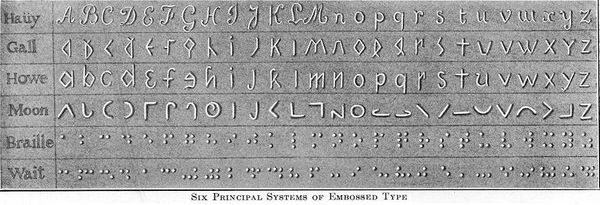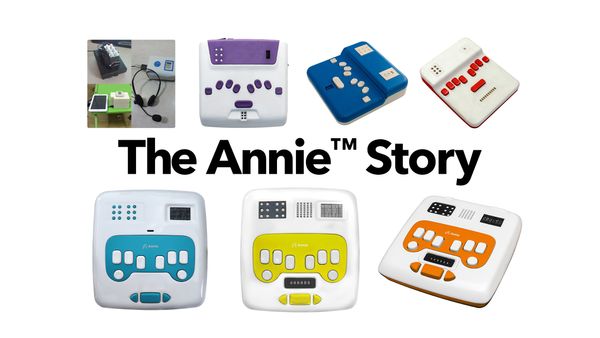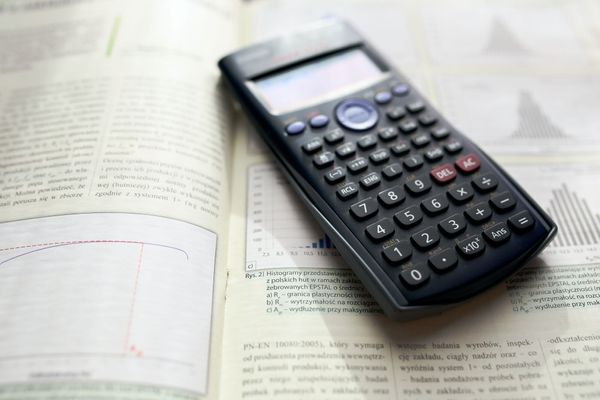Braille Onward: A Brief History of Visual Impairment and Education PT 2
With the development of Braille, literacy acquired an evolved meaning across cultures and contexts. Beginning with its early period of acceptance to now becoming a widespread yet unique mode of reading, writing and typing among blind and visually impaired people, the script has had a significant impact on the social inclusion of the communities too.
Education in and about Braille has been inherently tied to the script’s growing use from the start. Tracing this history is also tracing the history of the visually impaired community, their challenges in obtaining their rights and the broader sociopolitical moments that marked this journey.
The Early Years of Braille Education
The Braille script’s invention in the 1820s set off a slow and steady growth in its acceptance, led by Louis Braille’s pursuits as an educator himself. While Braille’s home country of France adopted the script as its official system of written communication for blind persons only in 1854 - a year after his death - the Missouri School for the Blind became the first institute in the United States to use Braille in 1860 , while the first day school for the blind was established in England in 1898. In these later decades of the 19th century, educational institutions were slow to adopt the script, even as technical improvements for Braille, such as the Braillewriter - the first mechanical device for writing Braille - and the Braille shorthand system, were developed.
It was in the early to mid-20th century that Braille’s usefulness came to be widely recognized, and educational avenues for the script flourished. Britain had adopted the uniform Braille code in 1905, and in the United States, by 1900 public schools were improving and teacher training had adequately progressed so that integration of blind children into these schools had begun. Many special and local schools were able to provide Braille classes supported by government and philanthropic funds for special equipment and programs. In 1902, a library and reading room for people who were blind opened in San Francisco. Inclusive schools played an important role of integration with sighted pupils, helping those children appreciate the abilities of blind and visually impaired children so that they would have better attitudes towards them in adult life and work.
Public efforts - both by the visually impaired and sighted communities - continued to support education. Helen Keller, who became the first deaf-blind person to earn a college degree Radcliffe College in 1904, was an avid proponent of Braille, and wrote about her experiences - including her difficulties and victories in obtaining an education - in her 1903 memoir, The Story of My Life. Schools across the United States began organizing Braille reading classes, with Standard English Braille being adopted as uniform type by the American and British Uniform Type Committees in 1932. India adopted the Uniform Braille codes for various languages in 1951, with the government setting up its first school that taught Braille - still operational - called the Model School for Blind Children in 1959 at Dehradun.

The 1960s witnessed widespread efforts to improve educational conditions for the visually impaired, including efforts to train more teachers in standardised modes of inclusive education, including the teaching of communication skills and orientation, mobility, and daily living skills. At least in the US, the retrolental fibroplasia (RLF) epidemic caused blindness in many children from birth, a large number of whom belonged to middle- and upper-class families. These families pressurized their local governments to open more schools in their vicinities, hiring more teachers and adopting new approaches, such as modifying existing general curricula for sighted students to educate visually impaired students and sighted teachers and students receiving help from specialized teachers who were trained to instruct students with visual impairments.
It also began to be recognized that many early efforts at inclusion would probably have failed were the classroom teacher, the parents, and other instructors of students with visual impairments not equally important partners on an educational team. Along with systemic and technical improvements in the means and form of education, such attitudinal changes in society at large also helped bring about the implementation of a range of legislative and policy instruments.
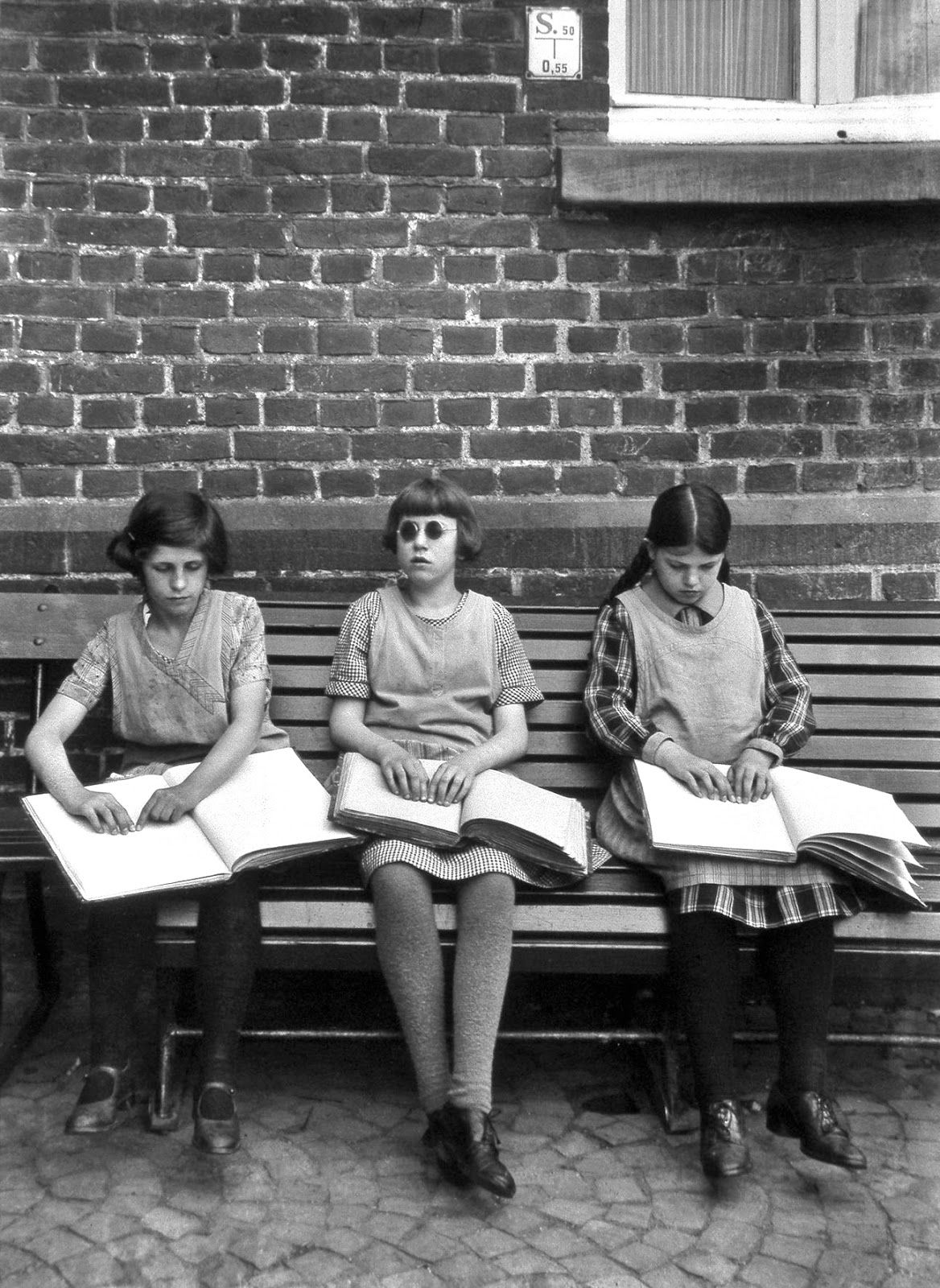
Political Influences on the Education of Visually Impaired Persons
The latter half of the 20th century saw many of the social shifts around the education of visually impaired children that occurred in the first half of the 20th century being solidified through legislation - this often included the establishment of Braille day-school classes. This move was concentrated in the 1970s with the passage of laws such as the Integrated Education for Disabled Children (IEDC) scheme in 1974 to be implemented through government schools in India, and the Education for All Handicapped Children Act in 1975 in the US - later renamed and strengthened as the Individuals with Disabilities Education Act (IDEA).
Braille Education Today
Perhaps the most important changes that came about in education for the visually impaired along with the societal changes were the rapid technological changes - beginning, perhaps, with computers being adapted to produce Braille outputs in 1963. This increased the accessibility of educational materials in Braille for an increasing number of students. It also opened up new avenues of education and community for the visually impaired community.
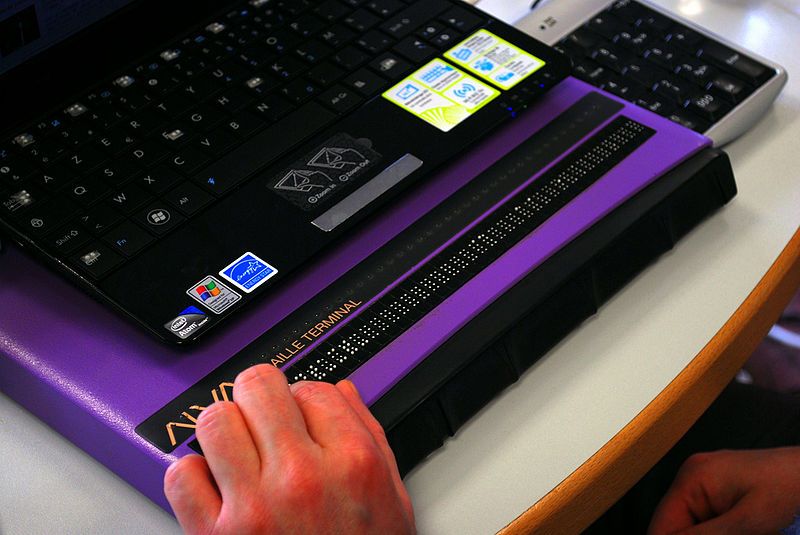
The dynamism of technological means of education has also allowed for people across the spectrum of visual impairment to access tools and resources such as refreshable Braille displays and magnification devices tailored to their specific needs. These can range from adaptive tools and materials in tactile or enlarged form for blind children in standard classrooms to a completely individualized curriculum which may focus on developmental goals alongside academic ones. Still, students who use Braille are generally better equipped to keep pace in a regular classroom than their peers who do not. This is because Braille remains an effective reading medium; it allows access to virtually all print materials and enables students to read quickly and without fatigue.
This is a key reason that we at Thinkerbell Labs have blended the strengths of technological devices and software tools to provide visually impaired students with a comprehensive Braille learning experience on Annie. Adopting learning materials from Braille pioneers such as the RNIB, such technology-enabled learning is on the leading edge of Braille education.
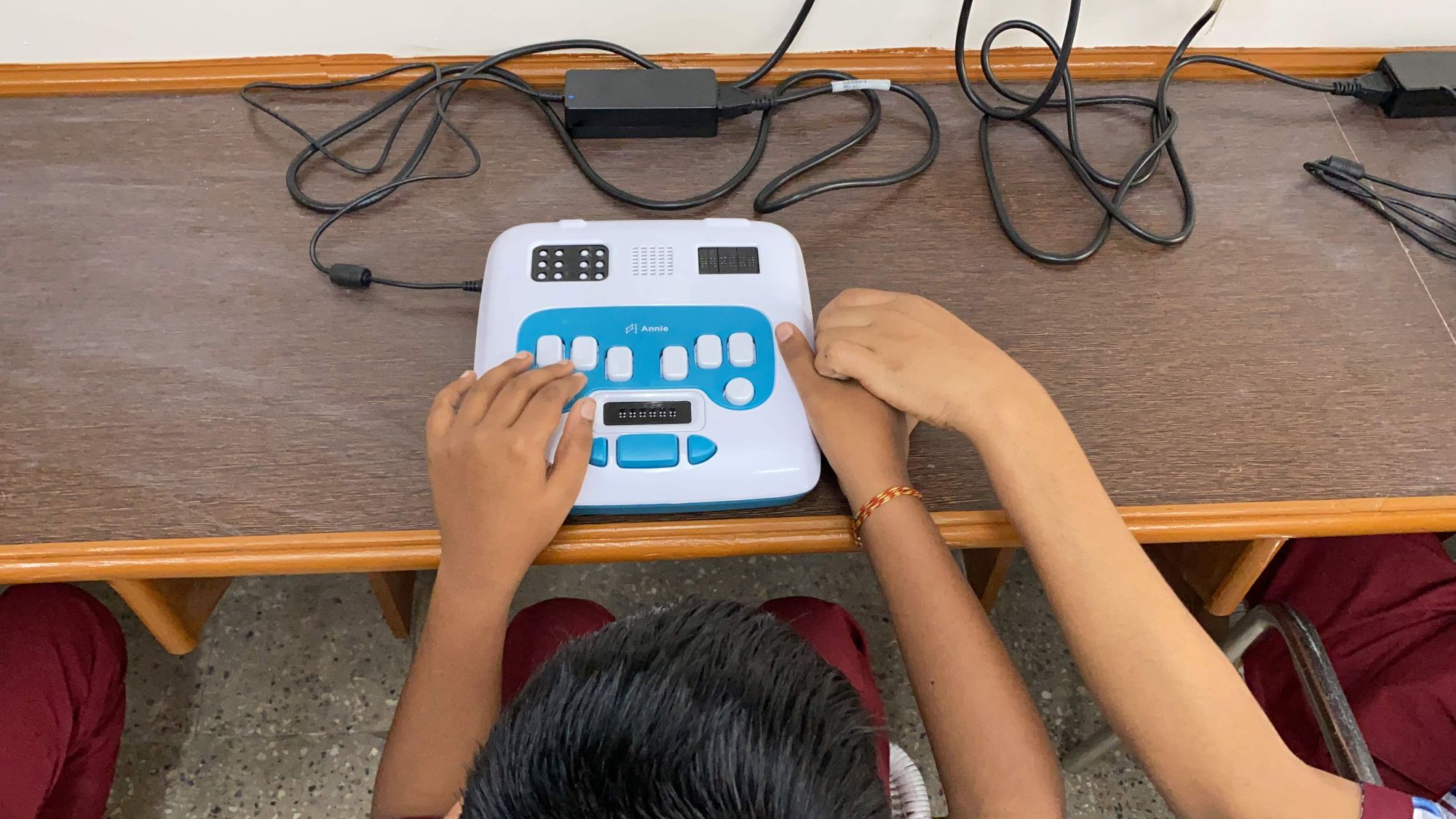
Today, even though some challenges remain in extending Braille education to all those children who would benefit from it, we’ve come a long way. Learning materials are more accessible, there’s more schools tailored to the needs of the community, and governmental and philanthropic efforts continue to provide the impetus to better the learning and social conditions of the visually impaired. While there’s much work to be done and more history to be made, it’s been a long and rewarding road for Braille and education for the visually impaired.

